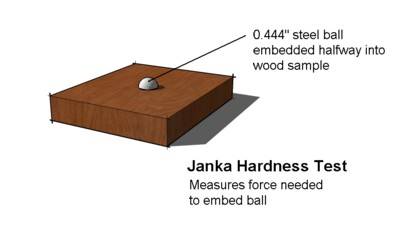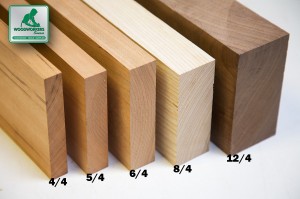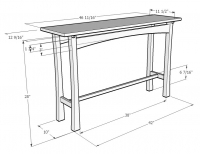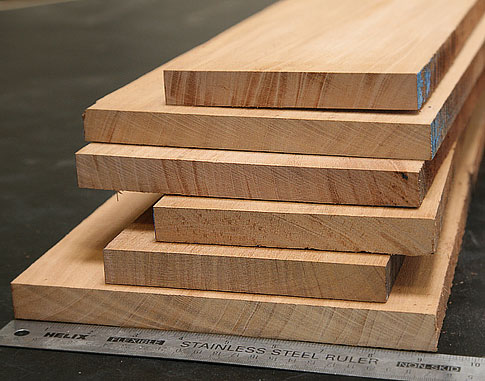48 U.S. Ground Service

$9.00 ea.
48 U.S. Ground Service
Why Choose Shedua?
Shedua delivers a gorgeous ginger color marked with occasional dark brown to black ribbons. Expect it to accept wood glues and finishes with ease, and a coat of oil will enrich the natural colors with wonderful contrast. It's a sustainably-sourced alternative to rosewood that's dense, strong, and exceptionally beautiful.
Get your hands on a wood you've never tried before! It's simple. Samples are milled on all sides to the standard size of 1/2'' X 3'' X 6'', as determined by The International Wood Collectors Society, and include the shipping cost within the 48 U.S. Each one is labeled with the botanical and common names. Use these to test finishes and stains, to compare color and grain characteristics, etc.
| Thickness | 1/2" (≈ 1/2" approx) |
| Width | 3" |
| Length | 6" |
| Grade | Samples are milled on all sides, cut square and sanded; wood is a product of nature with inconsistencies from piece to piece. Use species samples as a guide, not a perfect representation. |
Woodworkers Also Recommend These
4
lbs /Bd. Ft.Wood Texture
Ease of Finishing
The heartwood is described to vary from yellow brown to dark brown or chocolate brown, with gray to almost black stripes.
Impressive mature trees are reported to reach heights of 100 to 150 feet, with trunk diameters of 4 to 7 feet. The trees are usually unbuttressed and produce boles that are reported to be well-formed, straight, and clear of branches to 50 to 100 feet.
Amazique, Benge, Benzi, Bubinga, Essingang, Kevazingo, M'Penze, Mbenge, Mutenye, Olive walnut, Ovang, Ovangkol, Waka, Mozambique
Furniture, cabinets, flooring, veneer, guitars and musical instruments, jewelry boxes, decorative projects.
The Joys of Building with Great Woods
Understanding hardwood lumber starts right here with these wacky fractions.
If you're expecting perfect clear lumber 100% of the time, you're in for a surprise. Here's a summary of the hardwood lumber grades and what to expect from them.
Board feet isn't your everyday kind of math, but these three simple steps make it easy to figure out your project.
Here's a handy (and free) Excel worksheet that helps you estimate the lumber needs for your project.
Are woods poisonous? Hazardous to use in cutting boards or baby cribs? Find out here.
Wood is like a sponge, and it's always in a state of absorbing or releasing moisture to stay equalized with its environment. The problem with that is it also swells and shrinks. Here's what you need to know to protect your project.
















